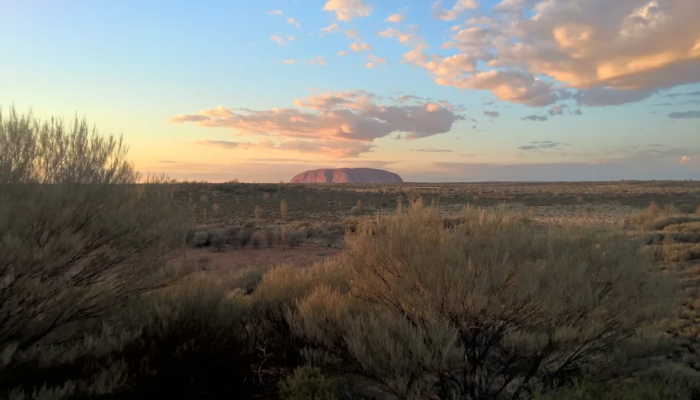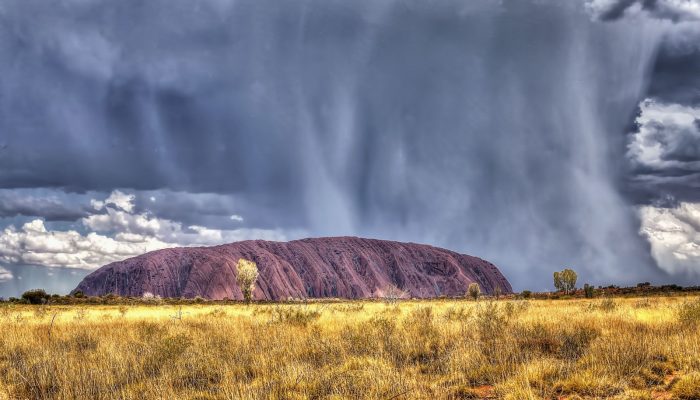Uluru in Australia is one of the most visibly recognisable geological features in the world. This sandstone formation covers an area of 3.3 kilometres and stands 345 metres above the plains around it. According to geoscientists, the rocks that form Uluru were deposited in an inland sea during the Cambrian Period approximately 500 million years ago. The arkose sandstones were then uplifted and fold ...[Read More]
Imaggeo on Mondays: The sun rises also in the middle of nowhere

Credit: Andrea Libertino (distributed via imaggeo.egu.eu)

